I recently heard from a pet owner asking my opinion of some pet food brands they were considering. Both of the pet foods he asked about were what I considered to be very inferior. When I informed him of my opinion, his response was they could not afford a better food.
I understand that higher quality dog and cat foods can be two or even three times as expensive than the cheaper brands. However, pet owners who think they cannot afford the quality pet foods more than likely will pay in the long term. Pets often get sick with kidney or liver disease or skin and ear problems due to inferior nutrition - those 'few cents' more a meal to feed them quality nutrition are nothing compared to the heartache and vet bills. Nowlet me explain the 'few cents' more a meal issue
Many pet owners experience 'sticker stock' when looking at a better quality pet food. They look at the price tag and gasp when thinking how fast Fido or Fluffy goes through that bag of food. What they don't understand is that with better quality dog or cat foods, you don't feed nearly as much as with the cheap pet foods. Cheap foods have cheap 'filler' ingredients that doesn't satisfy the nutritional needs of the pet - thus they tend to eat a great deal more attempting to get the nutrition their body is telling them they need. On average, dogs and cats that eat higher quality pet foods (higher quality ingredients) consume about 1/3 less than that of a cheaper inferior food.
Looking at a pet food cost per mealIf your pet currently eats 1 cup of food per day, a 20 pound of pet food will provide you with about 50 meals. If the dog food or cat food costs you $15.00 for a 20 pound bag, that costs you about $.30 per meal. Now, if you feed a high quality pet food - feeding about 1/3 less, a 20 pound bag will provide you with about 80 meals for your pet. If the better food costs twice as much as the inferior food - $30.00 for a 20 pound bag, that breaks down to less than $.38 cents per meal.
Even if the price tag of a high quality pet food looks to be twice as expensive as the cheaper brand - it is actually far from the truth. With the example above, at $.30 cents per meal, two meals a day, in one month you are spending about $18.00 to feed your dog or cat with the cheap pet food. However, with the higher quality pet food, at $.38 cents per meal, two meals a day, in one month you are spending only $22.80. Less than $5.00 per month difference for far better nutrition for your pet. It's necessary to look at the cost per meal to completely consider the price of a pet food.
With better, higher quality pet foods, your pet does not need to eat as much as with the cheaper inferior quality foods. Don't let that old habit of feeding more sway you when you change to a higher quality pet food - again, with higher quality ingredients your pet will just not need as much food. In most cases, if you switch your pet to a high quality pet food and continue to feed the same amount as with the lesser quality brand - your pet will gain weight.
Serving size will vary from pet to pet. If your dog or cat has no 'figure' or shows no waistline - chances are they need to lose a few pounds. Cut back the serving size slightly. Or if you can visibly see ribs, your pet probably needs to gain a little so slightly increase the serving size. And as they get older, the serving size will probably get smaller too. Keep a constant eye on your pet's weight - a healthy weight is a healthier pet.
Please don't just consider the cost of a dog food or cat food - look at the first five ingredients of the pet food and consider the cost per meal.
Learn the truth about ( http://www.truthaboutpetfood.com/ ) pet food. To read more information about how to select a healthier ( http://www.truthaboutpetfood.com/ ) pet food for your pet visit www.TruthAboutPetFood.com. Subscribe to the free newsletter and Petsumer Report.

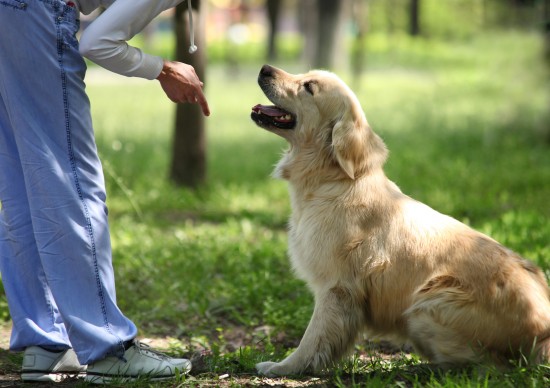 Positive And Negative Reinforcement Dog Training
Positive And Nega
Positive And Negative Reinforcement Dog Training
Positive And Nega
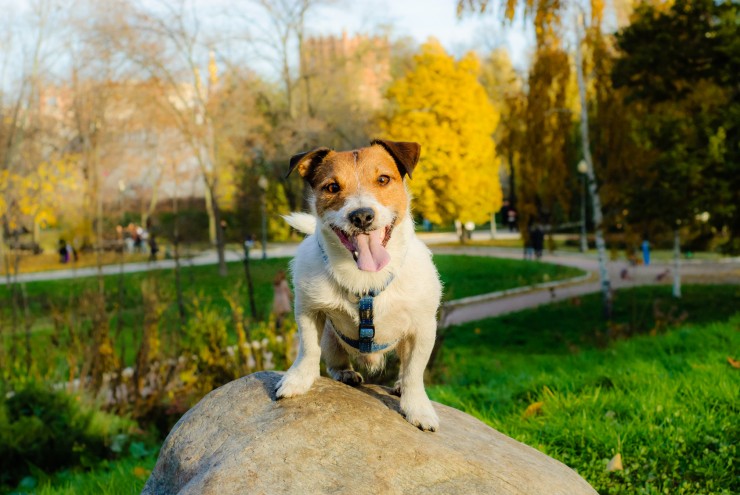 5 Great Things To Do With Your Dog This Autumn
5 Great Things To
5 Great Things To Do With Your Dog This Autumn
5 Great Things To
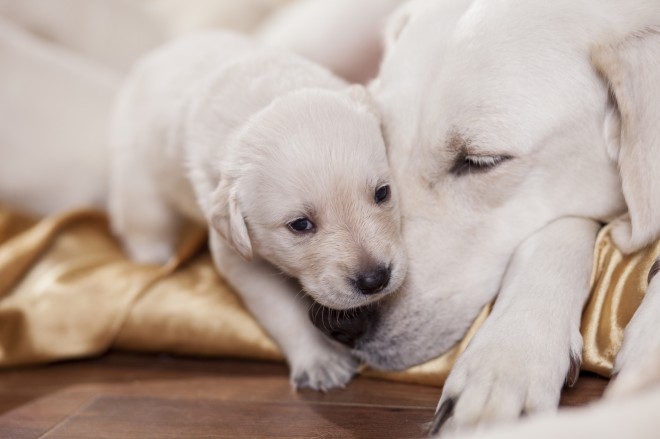 Breeding From Your Dog - Caring For The Dam After The Birth
Breeding From You
Breeding From Your Dog - Caring For The Dam After The Birth
Breeding From You
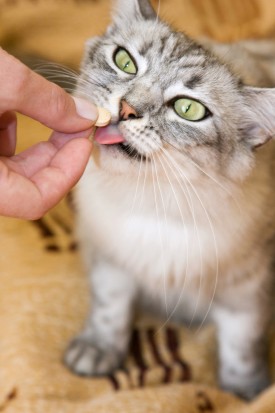 How To Get Your Cat To Take A Tablet
How To Get Your C
How To Get Your Cat To Take A Tablet
How To Get Your C
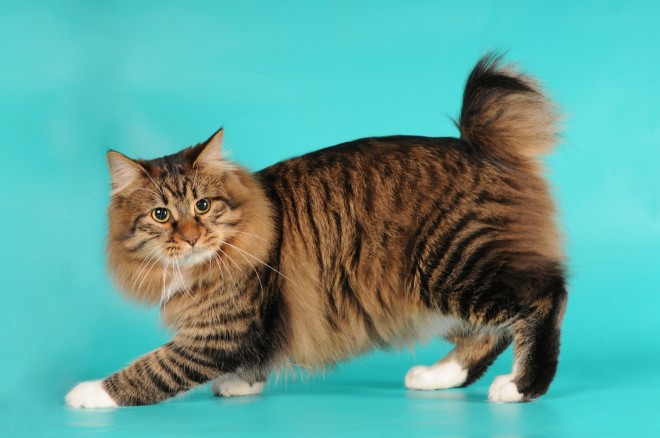 3 Gorgeous Breeds Of Bobtail Cats
3 Gorgeous Breeds
3 Gorgeous Breeds Of Bobtail Cats
3 Gorgeous Breeds